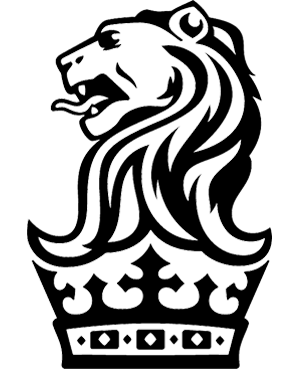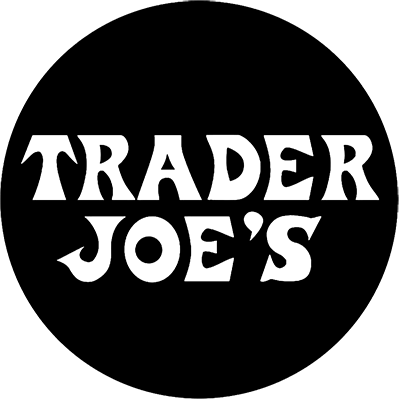Focus
Customers
Who do you want to reach? See how brands outline the values, desires, goals, interests, and lifestyles of their ideal customers.
Immersive travelers
Airbnb guests, who are primarily millennials, are tired of the overpriced and overcommodified hospitality industry. They look for more affordable travel experiences that are "quirkier, more eclectic, and more original." If they are waking up in Cairo, they want to know and feel like they are in Cairo—not feel like they are in Cleveland.
Guests are attracted to the "imperfect authenticity" of staying in someone's house as it fully immerses them in new cultures while also making them feel at home.
Creative spirits
Apple customers are artists and educators. They are early adopters of the latest and greatest products and are enamored with anything that is new and exotic. Most importantly, they are people who think differently.
“They are people who are not out to get a job done; they are out to change the world. And they are out to change the world using whatever great tools they can get. And (Apple) makes tools for those kinds of people...because a lot of times people think they’re crazy, but in that craziness we see genius, and those are the people we’re making tools for.”—Steve Jobs
Quality time seekers
Family-oriented, Chick-fil-A customers care about spending quality time with the people they love. Their lives are busy, and they usually have kids in tow, so they need a place that helps make their lives easier. Finding somewhere that is clean, safe, and values-oriented is a top priority, so they can enjoy their time together worry-free. While price does matter, they are also willing to pay more for food that they feel is higher quality and more nutritious. Most importantly, they want to walk away feeling like they have done right by their family and themselves, while also creating a shared moment to remember.
Creative builders
LEGO's core customers are broken down into two groups. The first being boys and girls ages 5 to 11, and the second being their parents. But within these groups, LEGO focuses on appealing to those children who "appreciate hands-on, minds-on activities like creative building and role playing" and parents who "recognize their role in guiding children in a rapidly changing world."
LEGO's secondary core customer is known as the Adult Fan of LEGO, or AFOL. These adults and teens , who, "also enjoy hands-on, minds-on play like creative building and role playing."
Dirtbags
Patagonia's core customers are dirtbags who seek to deepen and simplify their lives, not junk them up. They are free-thinking adventurers who might "organize an impromptu game of hacky sack in the middle of an El Capitan ascent, casually enjoy a bottle of beer while free soloing a sheer face on Mount Arapiles, or hitchhike outside Tahoe holding a cardboard sign reading 'Will belay for food!'" They are intelligent, choose performance over style, don't shop as entertainment, and are not out to buy a life.
Discerning affluents
While status seekers will always be drawn to the luxury of The Ritz-Carlton on brand name alone, discerning affluents instead analyze and carefully select their luxury purchases. They spend money on things that hold meaning to them and cherish the stories and connections they make in life above all else. Like The Ritz-Carlton staff, discerning affluents choose their own path forward, not following others, and want to make a lasting positive impact on the world.
Cost-conscious, no-frills travelers
What started out as an airline dedicated to short haul passengers, Southwest further segmented their audience into two distinct groups:
- Time-sensitive business travelers: These travelers value convenience and reliability, over savings, and want lots of business-hour flights. They want to be able to leave for work at 7am, attend an out-of-state meeting at 9am, and be back home by dinner.
- Dollar-sensitive leisure travelers: Made up of mostly families and young adults earning under $100,000, these travelers value lower fares and more flexibility above all else.
The well-educated, well-traveled, and underpaid
Trader Joe's customers are not necessarily affluent or rich, but they are well-educated and understand real value. They are people who choose to read the New Yorker over People magazine. Their inquisitive minds, adventurous stomachs, and love for travel makes them more willing to try new foods.
They are customers, not consumers, and are dissatisfied with mass consumption products, like Coca-Cola and Budweiser. Instead, they make their own decisions on what to buy based on information. They are value-oriented and health-conscious wanting to know where their food comes from and what it contains.
Community-focused locals
Umpqua appeals to the locals of their community who are tired of the impersonal, slow service that big banks have to offer. Instead, their customers look for a friendly and approachable banking alternative that adapts quickly to the needs of the people and communities they serve. And while they want the self-service convenience that technology offers, they rely on a human connection when planning their financial future.








